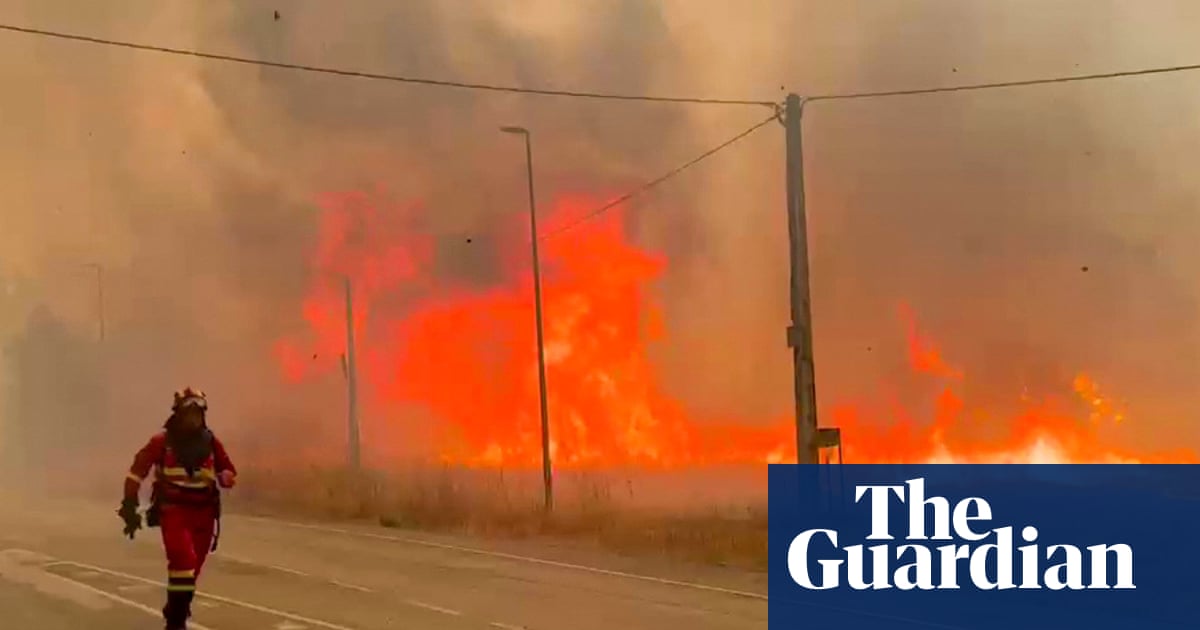After a period of cooler weather, swaths of central and eastern Europe face another heatwave as hot air over south-western Europe pushes north-west.
Since late July, large parts of the Iberian peninsula have endured persistent heat, with temperatures frequently climbing to the high 30s to low 40s celsius.
Last Thursday, a weather station 350 metres above sea level in the Spanish city of Talavera de la Reina recorded a maximum of 42.7C, (108.9F) approximately 18C above the local August norm.
This intense heat crept into southern France early last week, driving some areas into the high 30s celsius. Combined with parched soils, the conditions are ideal for the spread of wildfires.
In Aude, Occitanie, a blaze that started on 5 August grew to an area the size of Paris within days, becoming France’s largest wildfire for 75 years. One person died and 13 others were injured, 11 of them firefighters.
A broad high-pressure system shifting east across the continent is expected to sweep the warm airmass north and east, lifting temperatures 10-15C above average in northern France, England, Benelux and central and eastern Europe this week.
On Tuesday, swaths of France will reach 35-40C, with some areas climbing to the low 40s, while parts of Spain and Portugal could hit 43-44C. Hot weather is then expected to stretch into Germany and western Poland on Wednesday and Thursday, where it is likely to reach the low-to-mid 30s.
With southern and south-western Europe already enduring intense heat, the arrival of this warm air into central and eastern parts is likely to mark the start of a widespread hot spell that could persist for several days.
Arid conditions in Harrington, Maine, have been affecting blueberry growers. Photograph: Joe Raedle/Getty Images
Meanwhile, wildfires have continued to burn in Greece and Turkey, and across the Atlantic dry conditions have intensified North America’s wildfire season.
In late June, a regional monitor reported drought conditions in 22% of Mexico, 34% of Canada (excluding Nunavut) and 27% of the US, affecting nearly 60 million people in total, with the worst-hit areas in western parts of the continent.
Many wildfires are burning in these areas, including most of Canada’s 714 active fires, bringing widespread poor air quality and low visibility.
A drought assessment in Canada showed eastern regions were largely spared at the end of June. However, rainfall in the region has been significantly below average since early summer.
Now, with temperatures 10-15C higher than normal in parts of the east, there is increasing concern about water shortages and new fires.
